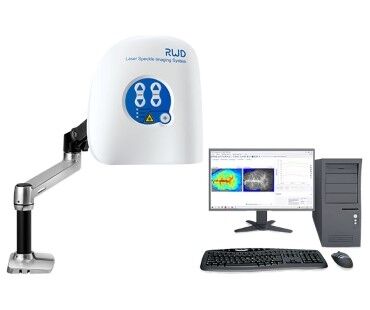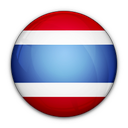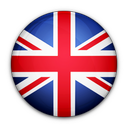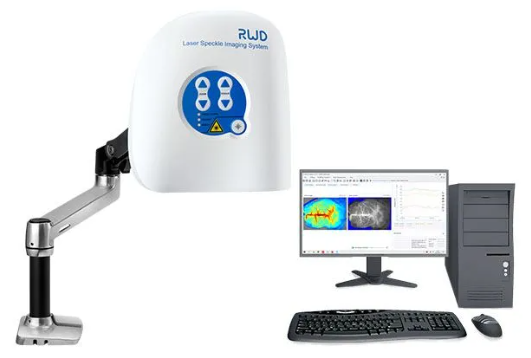
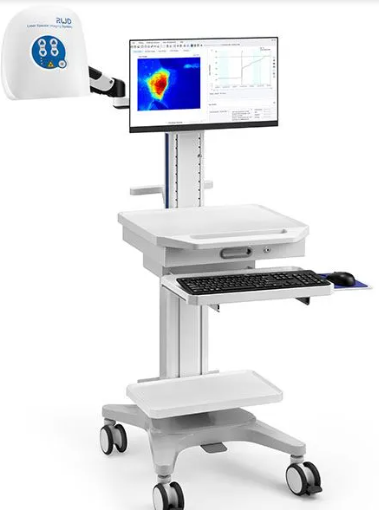
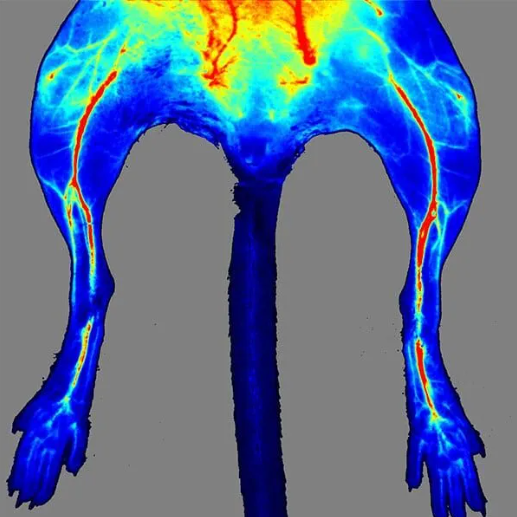
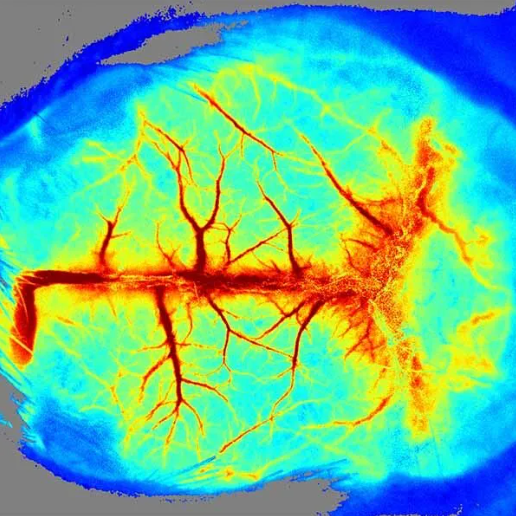
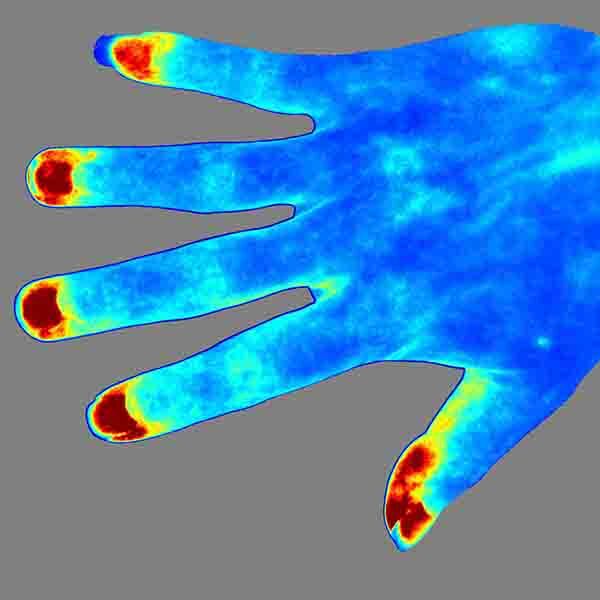
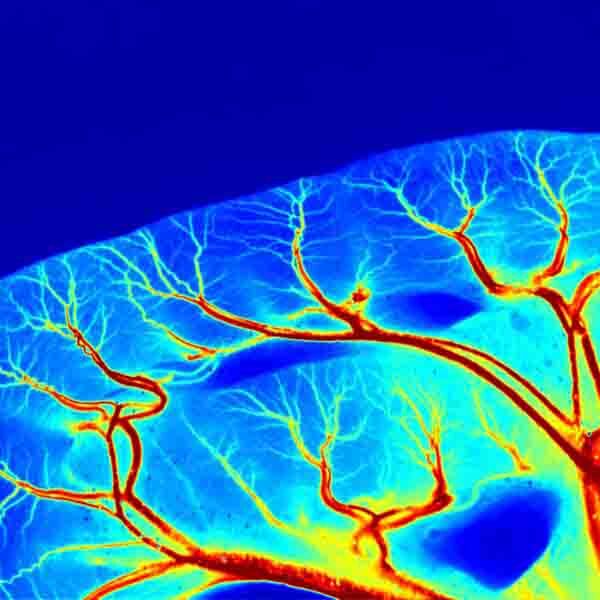
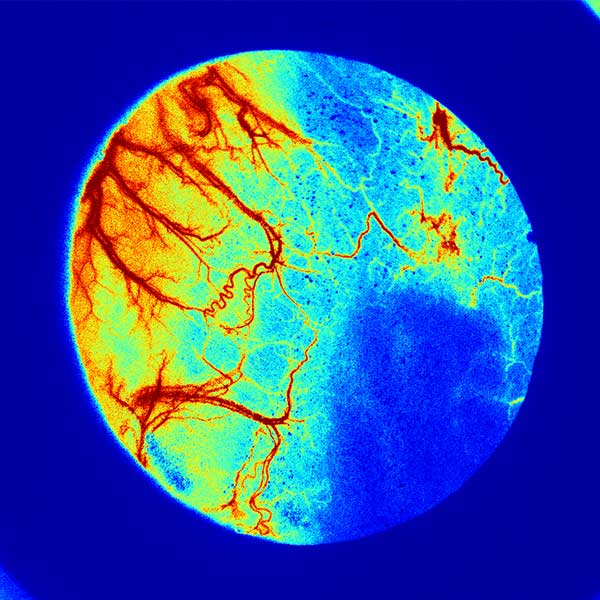
02 กันยายน 2568
ผู้ชม 608 ผู้ชม
ระงับการขายสินค้านี้เป็นการชั่วคราว
Sales of this product have been temporarily suspended.
RFLSI-ZW laser speckle imaging system is an even better tool for microcirculation research based on laser speckle contrast imaging technology (LSCI).
With the advanced optical design and improved image processing algorithm, RFLSI-ZW shows greater performance in imaging field size, image quality, full-field frame rate and optical resolution, and provides a powerful and efficient means for human and animal tissue blood flow measurement.
The LSCI technology advantages are its non-contact, no contrast agent required, high frame-rate, high spatial resolution. They can be used to observe and record blood perfusion of any exposed tissues or organs for microcirculation study or pre-clinical researches like ischemic stroke, lower limbs, mesentery, etc. Multi-Output includes blood perfusion images and videos (500+ million pixels), quantified data for perfusion unit and vessel diameter.
Since 2019, our imaging system has been adopted by more than 200 colleges, universities, and research institutes worldwide such as Stanford University School of Medicine, Yale University, University of Manchester, Duke university, University College London, University of Tasmania, Universitaet Gesamthochschule Essen, Korea University. What’s more, it has contributed to publishing more than 200 reputed research papers in magazines like Nature Neuroscience、Gut、Brain、Blood、Circulation Research、Nano Today、Nature Communications、 Advanced Functional Materials and Diabetes.
Applications:
- Cerebral blood perfusion monitoring
- MCAO model assessment
- Cortical spreading depression observation
- Hind-limb ischemia research
- Skin burn/skin flap transplantation
- Organ microcirculation observation
- Skin allergies
- Septic Shock
- Chicken Chorioallantoic Membrane Assay
- Diabetic Foot
Highlights Of RFLSI-ZW
- Image any exposed tissue (skin or surgically exposed tissues) and species.
- Non-contact, non-contrast agent depending measurement.
- The built-in CMOS global shutter camera can achieve faster data acquisition and processing speed.
- Best optical resolution of 3.9 μm/pixel, providing more detailed tissue structures.
- Max frame rate (full field) up to 100 fps, acquiring real-time changes in larger areas.
- Motorised 10x optical zoom and auto focus. Image size ranges from 0.57×0.75 to 22.5×30 cm2 in all-in-one imager, covering multiple research applications.
- Fast auto and fine manual focus, improving focus efficiency and accuracy on various tissues.
- Optimal lens assembly, filtering the ambient and reflecting light.
- Class 1 of measurement and indicating lasers, safe to use without eye protection System.
- Laser stability hardware for the ultimate in reliable and consistent measurement over minutes, hours and days.
- Calibration with calibration box. Self-calibration is possible at any time to keep the equipment in optimal working condition.
- Trigger In/Out BNC connections for communication with external devices.
- Unlimited installation of analysis software in PC.
RWD laser speckle has contributed to publishing more than 100 reputed research papers in journals like Nature Communications, Blood, Circulation Research, Brain, Diabetes, and Theranostic. The paper list we collect contains about 18 research topics such as Cerebral Ischemia & Ischemic Stroke, Traumatic Brain Injury (TBI), Angiogenesis, Diabetes, Alzheimer’s Disease, Wound Healing, Limb Ischemia, etc.
Download Publications List|
HD image & Video 2064*1544 high-resolution images; Optimize imaging details through algorithmic image stacking. |
Accurate Data Precise temperature control; Self-calibration program; Multiple optical lens coatings. |
Large imaging area Image size ranges from 5.7mm x 7.5mm to 225mm x 300mm; Motorised 10x optical zoom and auto focus. |
|---|---|---|
|
Fast imaging A high-speed camera (up to 100 FPS); Fast data transfer with USB3.0. |
Easy to use No contrast agent required; Flexible stand and cart options; BNC communication interface. |
Safe Laser Class 1 per IEC 60825-1:2014 – Safe to use without eye protection. |
Videos
